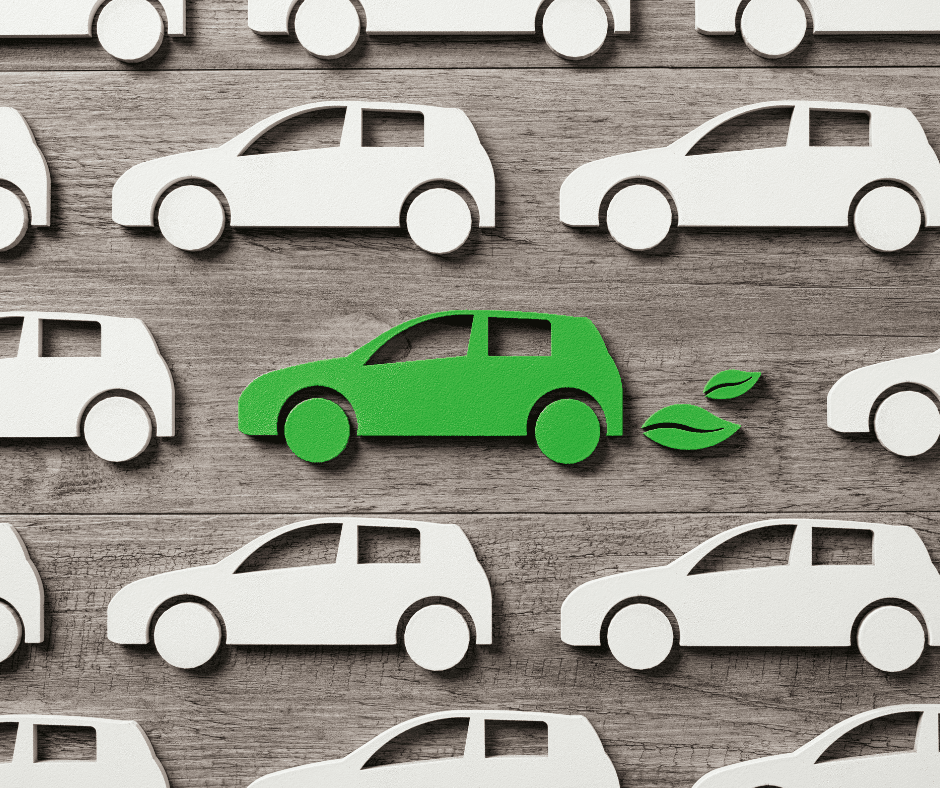The European Union Takes the Helm in Ending the ICE Age
Europe sets its sights on 2035 and outlaws the sale of gas-powered vehicles.
By Bill Blomberg
 The European Union (EU) recently announced they are taking a bold, unprecedented move and will join California in ending the production and sale of new internal-combustion engine (ICE) vehicles by 2035 – putting one of the last nails in the coffin of 19th-century transportation technology. Although the US, Japan, and China are not nearly as aggressive, they do have tentative targets within the decade beyond the EU’s goal. Adding credibility, Darren Woods, Exxon Mobil’s CEO, stated he believes 2040 is now the date when all new vehicles will be 100% electric.
The European Union (EU) recently announced they are taking a bold, unprecedented move and will join California in ending the production and sale of new internal-combustion engine (ICE) vehicles by 2035 – putting one of the last nails in the coffin of 19th-century transportation technology. Although the US, Japan, and China are not nearly as aggressive, they do have tentative targets within the decade beyond the EU’s goal. Adding credibility, Darren Woods, Exxon Mobil’s CEO, stated he believes 2040 is now the date when all new vehicles will be 100% electric.
These developments, coupled with technology improvements and EV adoption penetration running strongly ahead of even very recent expectations, means there is little doubt the ICE age will be soon over in roughly 13 years – that sounds a lot sooner than saying “2035” but they are one in the same. But will it last even that long? Probably not.
There are several reasons why 2035 is likely too conservative, and 100% EV production could occur even sooner. For one thing, most people have not experienced EV driving. Once they do, they will never go back to a gas vehicle. The technology is clean, quiet, efficient, connected, sleek, and, in many cases, comes with heart-stopping, legendary acceleration – the cars sell themselves. No wonder many models are sold out in the near term. With longer batteries and the exponential increase of publicly accessible charging across the country, range anxiety, the leading barrier to adoption, is fading fast. And with gas prices climbing, consumer demand will continue to grow and outpace any arbitrary dates and policy goals.
Secondly, as EV market share increases, it will (continue to) increase at an accelerated rate – and yes, pun intended. Economies of scale favor EVs more and more and ICE vehicles less and less. This will lead to a “tipping point” whereby, even if there remain strong pockets of demand for ICE functionality, the unit costs of producing those vehicles will become prohibitive. This will also happen to the infrastructure that supports ICE vehicles – the cost of maintaining the system of gasoline and diesel delivery will increase and the number of outlets offering those products will start to slowly, then quickly, disappear. “Range anxiety” could well become the unique domain of ICE drivers, and, unlike EVs, it will get worse, not better, with time.
Finally, consumers will see the handwriting on the wall whether they want to or not. While 2035 may be several new vehicle purchase cycles into the future for some, and the economic dominance of EVs may not yet be immediately obvious to all, as the 2035 window closes in (say, 2028-2031), and the two above-noted situations will have taken effect. The inevitability of an all-EV world will quickly become obvious to all and will have to seriously consider whether to invest in the fading generation of ICE vehicles, or benefit from (and thereby further contribute to) the dominant “network effect” only EVs offer.
Before the start of the next decade, the main driver of ICE sales will be nostalgia rather than practicality, ceding the role of practical transportation exclusively to EVs. If Vegas opens a line on when the EU and most of the world will go all-EV, here’s betting it won’t be as far out as 2035. Now the U.S. needs to decide if they will join the leaders on the highway of the future.
Bill Blomberg is service director for National Car Charging & Aloha Charge. He can be reached at bblomberg@nationalcarcharging.com.
